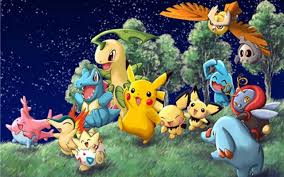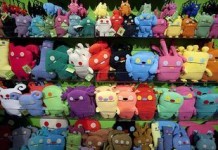From the New York Times: “The first time I buckled Ruth in a swing she was 18 months old, but looked younger from the emaciating effects of cerebral palsy.Born in Uganda and quickly abandoned, she had spent much of her first year in an orphanage, which sent her to Maine for six months of physical therapy. Friends signed up to host her.
“My husband, Dana, and I were interested in adoption and received permission to take Ruth on weekends to see what caring for her was like. That’s how we found ourselves standing under a canopy of backyard trees, buckling Ruth into a red, plastic baby swing.

Unable to sit, crawl or even lift her head, Ruth shrieked as she soared through the air, her patent-leather baby shoes shivering the low-hanging leaves. I imagine she felt free of her captive body for the first time. A decade after that cool October morning, I’ve never heard a sound so joyful. We officially welcomed Ruth into our family of three young children in the winter of 2005. Over the years, swinging remained among Ruth’s favorite activities — along with whizzing down the slide at our local playground. But as she grew, it became increasingly difficult to find play areas designed with equipment Ruth could use. Continue reading “On accessible playgrounds”













